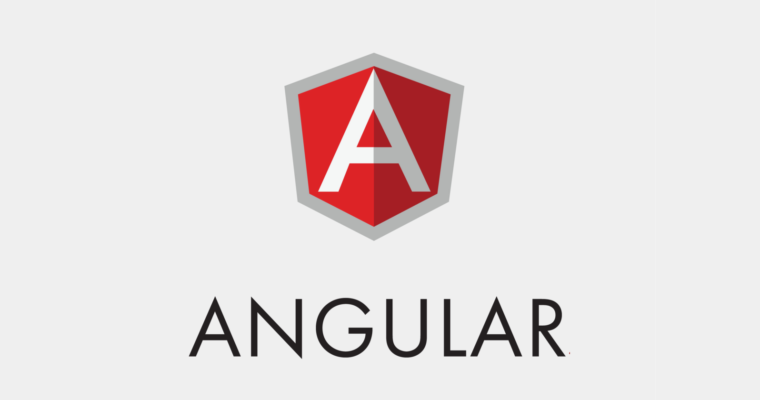
Angular, the popular front-end framework from Google, has been used to create everything from enterprise applications to web apps, landing pages and even mobile apps. The framework has been around since 2012 and has undergone continuous improvements.
Although Angular is an easy-to-use framework, some best practices will help you build better and more scalable applications. In this article, we’ll look at 10 best practices to improve your Angular app today.
What is Angular?
Angular is a TypeScript-based free and open-source web application framework led by the Angular Team at Google and by a community of individuals and corporations. Angular is a complete rewrite from the same team that built AngularJS.
10 Best Practices that you should follow for large Angular Projects
1. Use Angular CLI
The Angular CLI is a great tool for creating and working with Angular applications. It can help you create a new project, generate components, and even test your application. Plus, it can make working with Angular much easier and faster. Use the `ng new` command to create a new project. This will create a new directory structure and the necessary files for an Angular project.
2. Make Modules Small
When creating modules in Angular, it’s essential to keep them small. This will make your code more manageable and easier to read. Plus, smaller modules are easier to test. So, if you want to improve your Angular app, make sure your modules are small.
3. Use Components as Directives
In Angular, a component is a directive-with-a-template. That means you can use them as if they were directives, which allows you to modularize your templates and make your code more reusable. Plus, it makes it easier to unit-test your components.
4. Embrace TypeScript
Angular is written in TypeScript, so it only makes sense that you would use TypeScript when writing your Angular app. TypeScript is a typed superset of JavaScript that compiles to plain JavaScript, so it’s easy to start if you’re already familiar with JavaScript.
Plus, using TypeScript can help you avoid some common mistakes that are made when writing Angular apps.
5. Know When To Go Native
It’s no secret that hybrid apps can be a pain. They’re often slower and more resource-intensive than native apps, and they can be a drain on your battery. That’s why it’s essential to know when to go native.
If you’re building an app that requires a lot of processing power or data, or if you’re building an app for a platform that doesn’t have good support for hybrid apps, it’s probably best to go native.
6. Set Up Dependency Injection
In order to take full advantage of Angular’s dependency injection, you need to set it up correctly:
- You need to create a providers array and include all of the providers you want to use in your app.
- You need to import the providers into your main module.
- You need to add the providers array as a parameter when bootstrapping your app.
7. Optimize Files and Folders
- File Name
- Keep your file names short
- Make them lowercase and use dashes instead of spaces.
- Be consistent with your naming conventions.
- Don’t use too many abbreviations.
- Use a meaningful name that describes what the file contains.
Class Name
- Keep your classes small and focused.
- Make sure your class names are descriptive and easily identifiable.
- Avoid using anonymous functions in your classes.
- Use the controller as syntax when setting up your controllers.
- Use one-way data binding whenever possible to avoid issues with digest cycles.$digest
- Folder Name
- Start by creating a folder for your project. This will help you keep your files organized and separate from other projects.
- Name your project folder something relevant to the project. This will help you remember what is inside the folder and make it easier to find later.
- Once you have created the folder, open it up and create a new file called index.html. This will be the starting point for your project.
8. Test Apps Before Deployment
It’s always a good idea to test your app before you deploy it. This way, you can be sure that everything is working correctly and that there are no last-minute surprises. Here are some tips for testing your Angular app:
- Use the Angular CLI to generate a new project, creating a new directory called my-app.
- Change into the new directory and run the command ng serve. This will start a development server on your local machine.
9. Decide on MVC or MVVM Framework Wisely
There are a lot of different frameworks out there vying for attention, but when it comes to Angular, you really only have two options: MVC or MVVM. Both have their pros and cons, so you must decide which one is right for your app before diving in headfirst.
10. Prioritize Performance
No one likes a slow website. Not only is it frustrating for users, but it can also negatively impact your business. That’s why it’s essential to prioritize performance when working on your Angular app. One of the best ways to improve your Angular app is to focus on performance, and that means ensuring your app loads quickly, runs smoothly and doesn’t drain battery life.
Conclusion
By following these best practices, you can create an Angular app that is more efficient, easier to maintain, and more successful for large projects. Plus, you’ll be able to avoid some of the common pitfalls that can trip up even the most experienced developers or partner with an Angular development company. So don’t wait – get started today and see how your app can benefit from these simple but powerful tips.
Read Also:
Cross-Platform Development Tools for Mobile App Development






